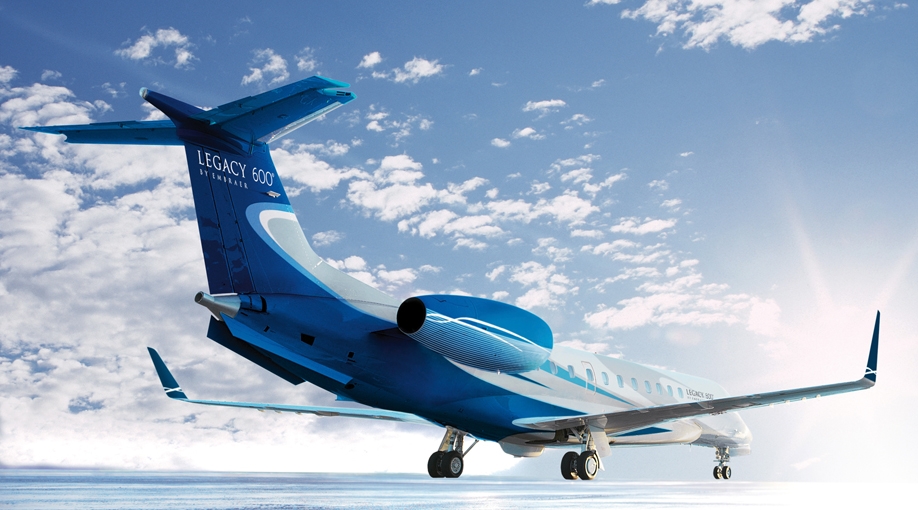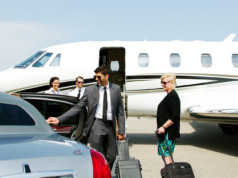
Business aviation offers more travel options than ever before, including fractional ownership, jet cards, dry leasing, and hybrid block charter programs offered by charter brokers or aggregators. But once you are flying about 200 hours per year, you may be ready to consider whole aircraft ownership.
As the most capital intensive option, whole aircraft ownership requires specific attention to detail and due diligence. While the cost to acquire the aircraft, the potential tax implications, depreciation benefits, and the cost of capital will have an impact on the overall cost to own the aircraft, we will focus here on the fixed and direct costs, which merit careful review on a regular basis.
Fixed costs — crew salaries, hangar rental, training, insurance, subscription services, etc. — are incurred when you fly the aircraft. These costs have annual renewals and should be reviewed at least annually, preferably semi-annually. Direct costs — fuel, maintenance reserves or hourly maintenance programs, FBO service fees, cabin supplies, catering, and crew expenses — should be reviewed at least quarterly, sometimes monthly.
The first step is to develop an annual budget, based on the number of hours and cycles you expect to be flying, setting up a chart of accounts to track expenses you think are important to monitor. Once the projected budget is in place, you have a platform from which to benchmark your budgeted costs compared to actual fixed and direct costs. This is a fluid process: in certain months, you may be within your budget, while you may run over in others.
Tracking actual costs versus budgeted numbers requires a complete and thorough understanding of your anticipated travel patterns. Then the process of overseeing and managing actual versus budgeted costs is fairly straightforward.
When The Numbers Don’t Make Sense
When the numbers don’t add up, there are three possible reasons:
- Budgeted figures did not accurately forecast proposed use,
- Annual utilization was greater or lesser than projections, and/or
- Fixed or direct costs were greater than anticipated, possibly due to new regulatory mandates or unscheduled maintenance.
Discipline and perseverance are required. The more prominent cost drivers are fuel and maintenance, which can total between 52% and 72% of the aircraft operating cost. For a pre-owned aircraft, maintenance costs can increase dramatically, representing as much as 50%-60% of the cost to operate the aircraft.
Key factors which have an impact on operating costs are: how often and how many total hours the aircraft flies, where it is based and where you travel, how well is it operated and maintained, and its age. Fixed costs of ownership are more straightforward and are driven by how effectively you negotiate these costs, as well as your buying power.
Who should be responsible for overseeing and managing the fixed and direct costs of owning a business jet? If your aircraft is managed by an internal flight department, one of the pilots is a likely choice. He or she should possess financial and management experience and skills (or can acquire them quickly), and have the desire to be a manager.
If you use an aircraft management company, you will need to stay involved and provide oversight (See Dave Weil, BAA April/May 2014). Or, with the appropriate guidance and direction, sometimes non-aviation personnel, including you, your CFO, or other executive, can handle the financial management of operating your aircraft.
If your own usage is low, you can use your aircraft to generate charter revenue to offset some of the fixed costs when you’re not flying, either through an agreement with an existing charter operator, or under your own air carrier certificate.
Overseeing and managing the costs of owning and operating your business aircraft is not dificult, but does require care, diligence, and regular review — either by you, your designated executive, or family office. BAA
William Quinn is the Founder, President, and Chief Executive Officer of Aviation Management Systems, Inc (AMS). He has been actively involved in the business aviation industry for more than 40 years.




